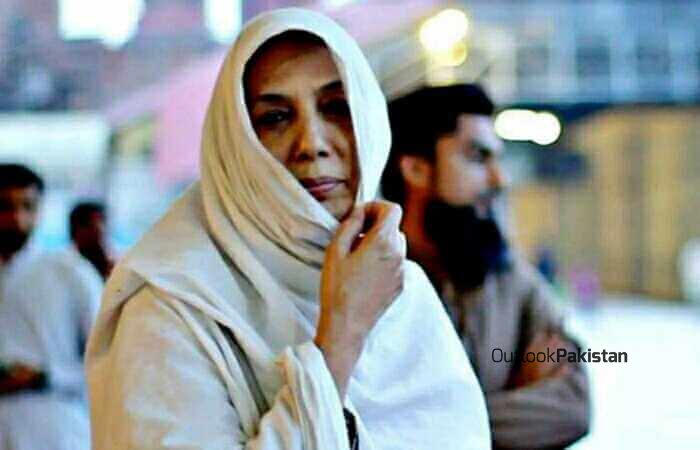Education for the underprivileged is always a dream and a challenge in Pakistan, however, a young Pakistani is making it possible with an idea of educating the poor kids through educational videos.
Umar Anjum, who is a Fulbright Alumni, recently won the Third Cohort of TED.ED for a family-run school. He is also teaching Urdu as an alternative language to the west people in LUMS. Umar shares his story of success with Outlook Pakistan.
The third cohort of TED.ED Innovative Educators recently completed their projects. TED.ED is an initiative of TED which specifically focuses on youth development and education. The TED-Ed Innovative Educator program is a year-long professional development program for dynamic educators from around the globe who apply their creative ideas in education.
Out of more than two thousand three hundred applicants for this third cohort, only thirty were selected, including me from Lahore, Pakistan.
The motivation behind Umar Anjum’s idea was to introduce a multimedia projector in a not-for-profit girls’ school which his family runs in his maternal village in Pakistan. He started teaching kids through educational videos.
The intention was to introduce technology, make learning interesting and engaging, as well as to prepare the next generation for a technological age, especially for those from low socio-economic backgrounds who have a significant lack of opportunity. Educational videos are an idea which is welcome by the pupils who easily engaged with multimedia learning.
The challenge, in part, was to decide what educational videos the children should be shown. The majority of educational videos freely available on the Internet were either in English or in some other foreign language that was not understood by the children.
The solution was to find educational videos which were not language bound, but rather silent videos similar to those of Charlie Chaplin that the children could engage with at varying levels.
It was an answer to a local problem but the solution has global implications.
Other educational communities and individuals around the globe where the language is a barrier, they could potentially benefit from the same initiative. Additionally, children whose hearing is impaired or are home-schooled could use these videos as a supplemental learning resource.
“Finding educational videos which were not language-dependent and yet reinforced learning was a challenge,” Umar said. He added, “I have a small collection and need to add a lot more, but so far the response has been amazing. The students love it; they are motivated and look forward to learning more through this medium. Hopefully, it will have a constructive impact on their learning.”
The project has a website, and the educational videos are divided by subject but also into two broad categories, which are pre-school and primary. The project has received a positive response, and many educators from different countries have shown interest in contributing to this initiative.
Experts in the Filmmaking and Video Production industry see the creative constraint of the silent video genre as an opportunity to innovate in this field and contribute to the future of an increasingly globalized world.

